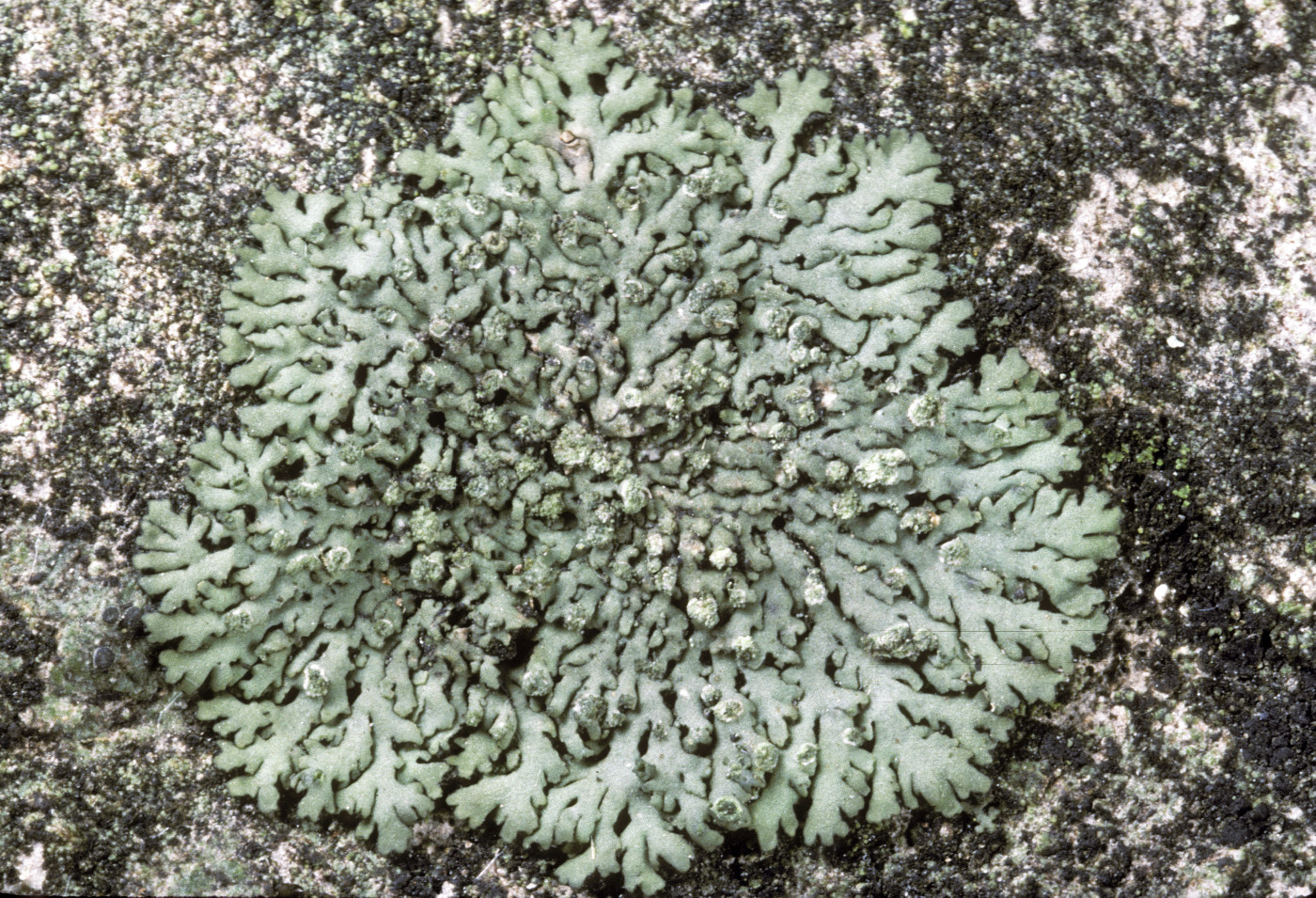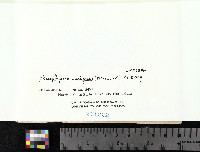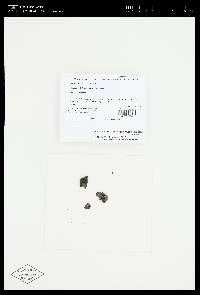
Consortium of Lichen Herbaria
- building a Global Consortium of Bryophytes and Lichens as keystones of cryptobiotic communities -
- Home
- Search
- Images
- Species Checklists
- US States: O-Z >
- US National Parks
- Central America
- South America
- US National Parks
- Southern Subpolar Region
|
|
|
|
Family: Physciaceae
[Physcia insignis Mereschk., morePhyscia ticinensis (Mereschk.) Frey] |
Nash, T.H., Ryan, B.D., Gries, C., Bungartz, F., (eds.) 2004. Lichen Flora of the Greater Sonoran Desert Region. Vol 2. Thallus: foliose, up to 1 (or rarely 2) cm in diam., often +orbicular lobes: elongate and discrete to somewhat irregularly rounded and partly imbricate, up to 0.5 mm broad, usually +flat, prostrate upper surface: gray to gray-brown, epruinose and without distinctive epinecral layer, sorediate soredia: powdery to finely granular, in primarily laminal soralia which are round and capitate, often becoming as wide as or wider than the lobes upper cortex: paraplectenchymatous medulla: white lower cortex: paraplectenchymatous lower surface: peripheral lobes white to tan, usually tan to light brown centrally, dull or weakly shiny; rhizines: simple, concolorous with the lower surface Apothecia: infrequent (but fairly common in Sonoran material), up to 1.5 mm in diam., sessile; margin: entire and usually with a corona of rhizines, becoming irregularly lobulate ascospores: ellipsoid to narrowly ellipsoid, 17-24 x 8-9 µm, Physcia-type Spot tests: all negative in cortex and medulla Secondary metabolites: none detected. Substrate and ecology: bark or rock World distribution: North America and Europe Sonoran distribution: southern Arizona and Chihuahua, below 2000 m. Notes: Phaeophyscia insignis is apparently infrequent (or overlooked) throughout most of its range, and is known from only seven localities in the Sonoran region. Small, narrow-lobed specimens of P. orbicularis can be confused with it, although in that species the laminal soralia are not (or only indistinctly) capitate and are usually narrower than the lobes, on which they occur. Also, P. orbicularis is nearly always true black on the lower surface, at least centrally. |
Powered by Symbiota


















